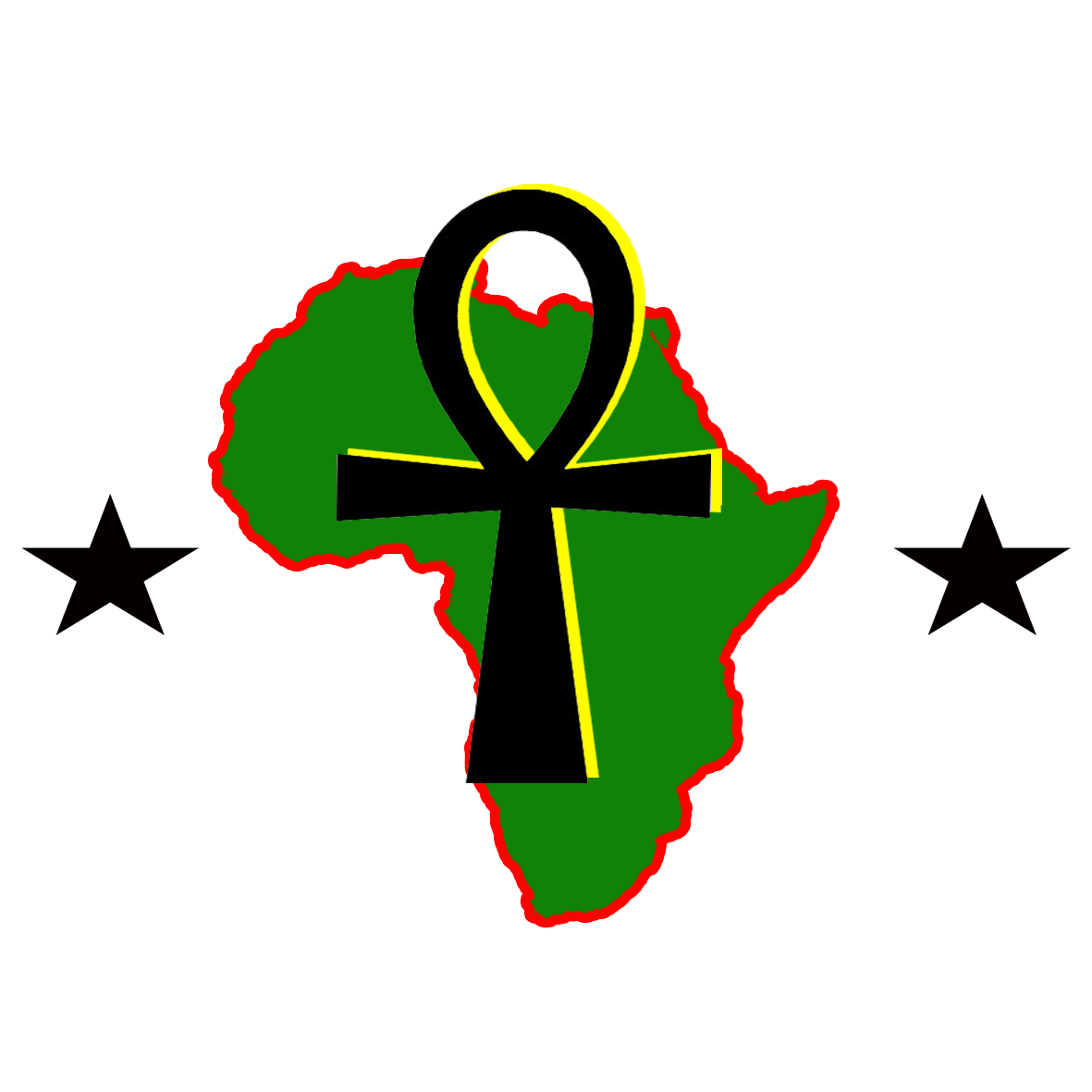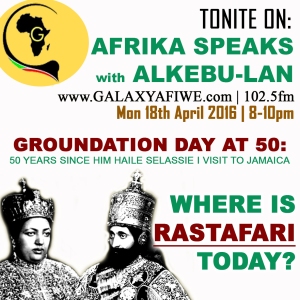April 21st marks the golden jubilee of Groundation Day, marking 50 since His Imperial Majesty, Emperor Haile Selassie I landed in Jamaica as part of his Caribbean tour that also took in Barbados, Haiti and Trinidad and Tobago. The event marked a watershed in the international profile of the livity known as Rastafari.
Groundation Day at 50 – Where is Rastafari today?
- Is there a singular definition of Rastafari?
- Are The Gong’s 6 principles relevant to todays Rastas?
- Has Rastafari suffered from misrepresentation, if so how?
- Do the many mansions help or harm Rastafari coherence?
- Is Rastafari a movement for young people – how are they engaged in?
- Is Rastafari still perceived as a threat to the establishment?
 Hear weekly discussions and lively debate on all issues affecting the Afrikan community, at home and abroad. We talk it straight and make it plain!
Hear weekly discussions and lively debate on all issues affecting the Afrikan community, at home and abroad. We talk it straight and make it plain!
ASwA Hosted by Sis Kai Ouagadou-Mbandaka and Bro. Omowale Kwaw
CLICK HERE to view latest AFRIKA SPEAKS show details. Leave a comment and contribute to the discussion.
Afrika Speaks with Alkebu-Lan
Galaxy Radio | 102.5fm | http://www.galaxyafiwe.com (To listen live)
MONDAY 8pm-10pm
4-6 pm Eastern Caribbean Time
12-2 pm Pacific Standard Time
1-3 pm Mountain Standard Time
2-4 pm Central Standard Time
3-4 pm Eastern Standard Time


